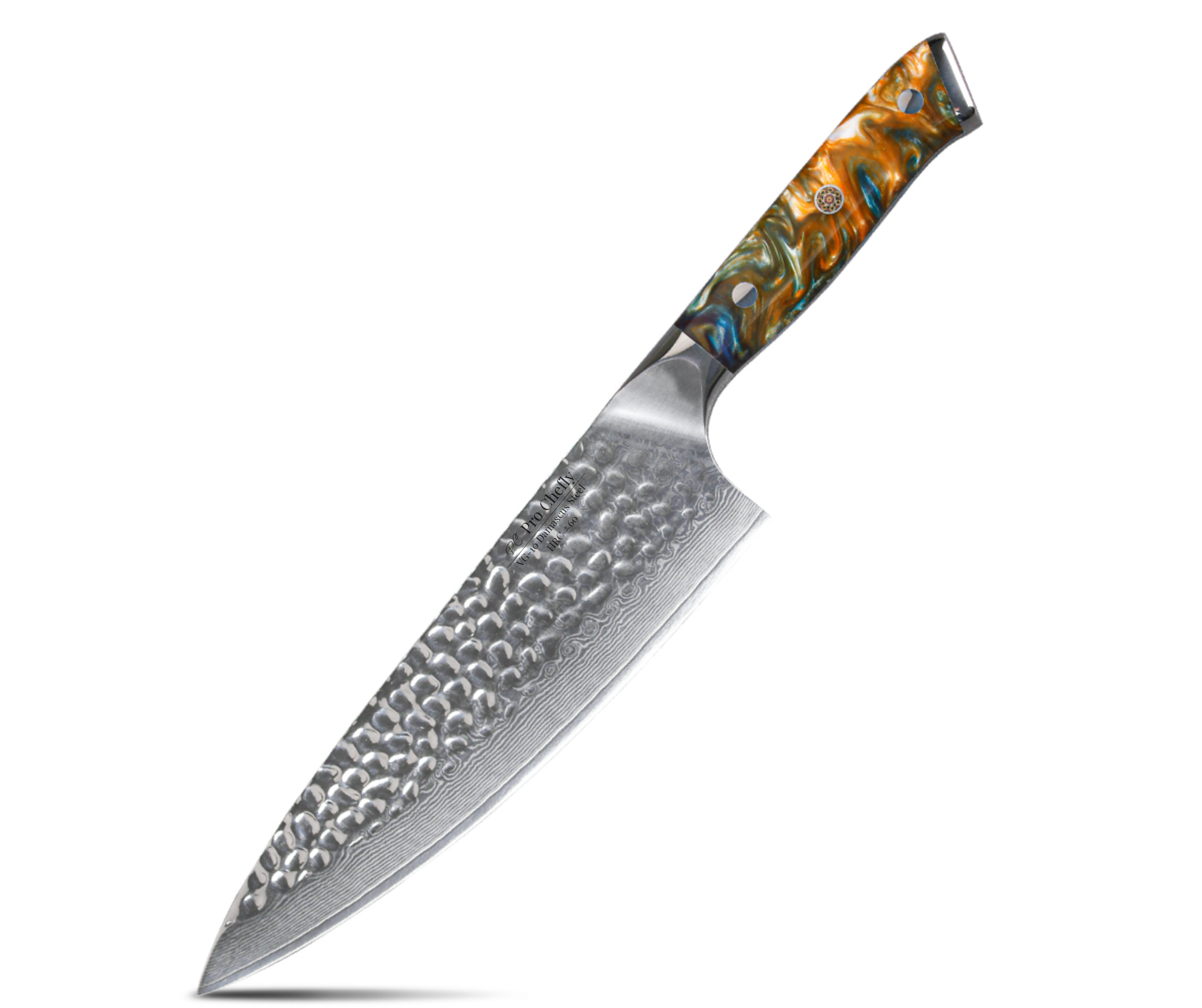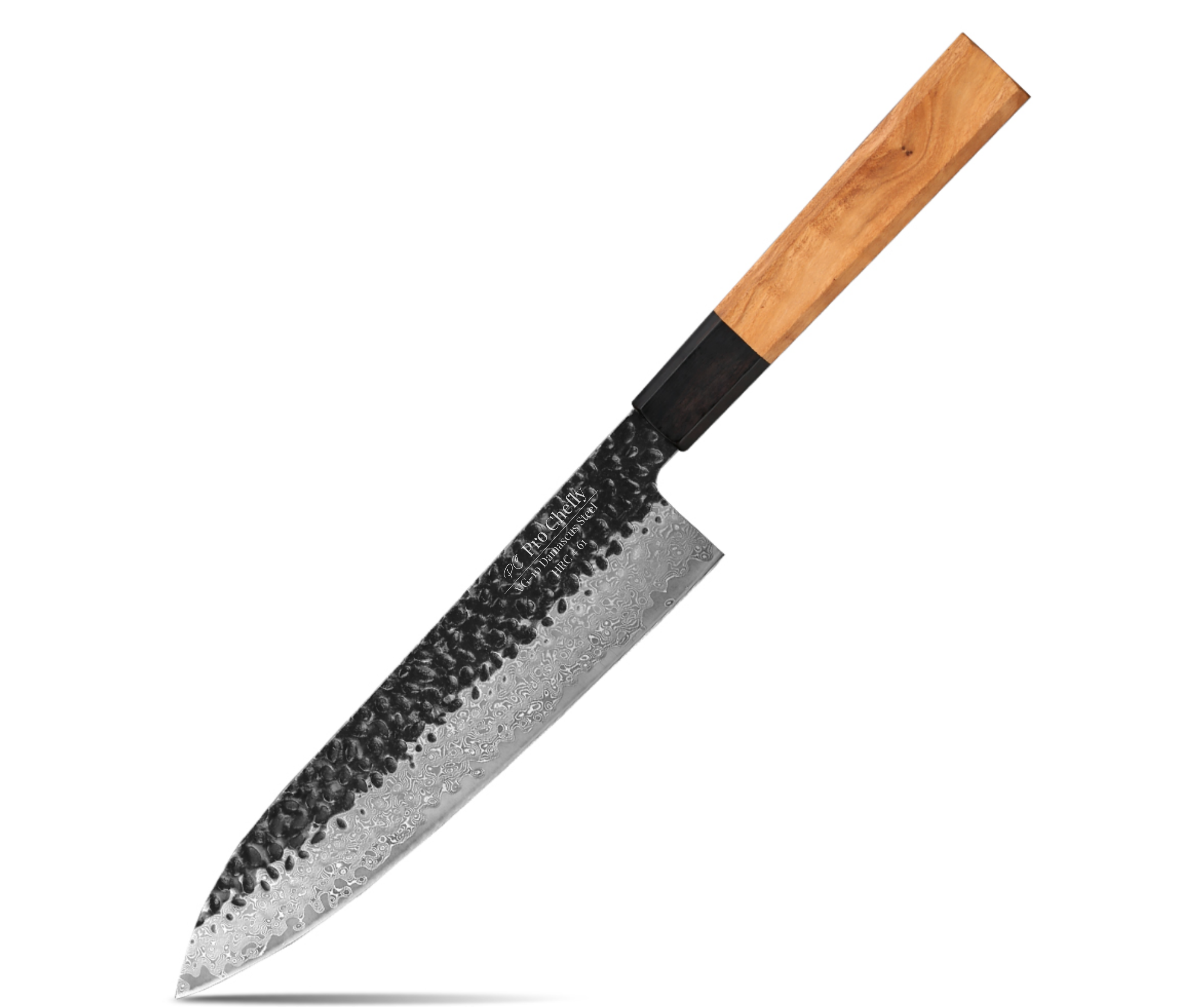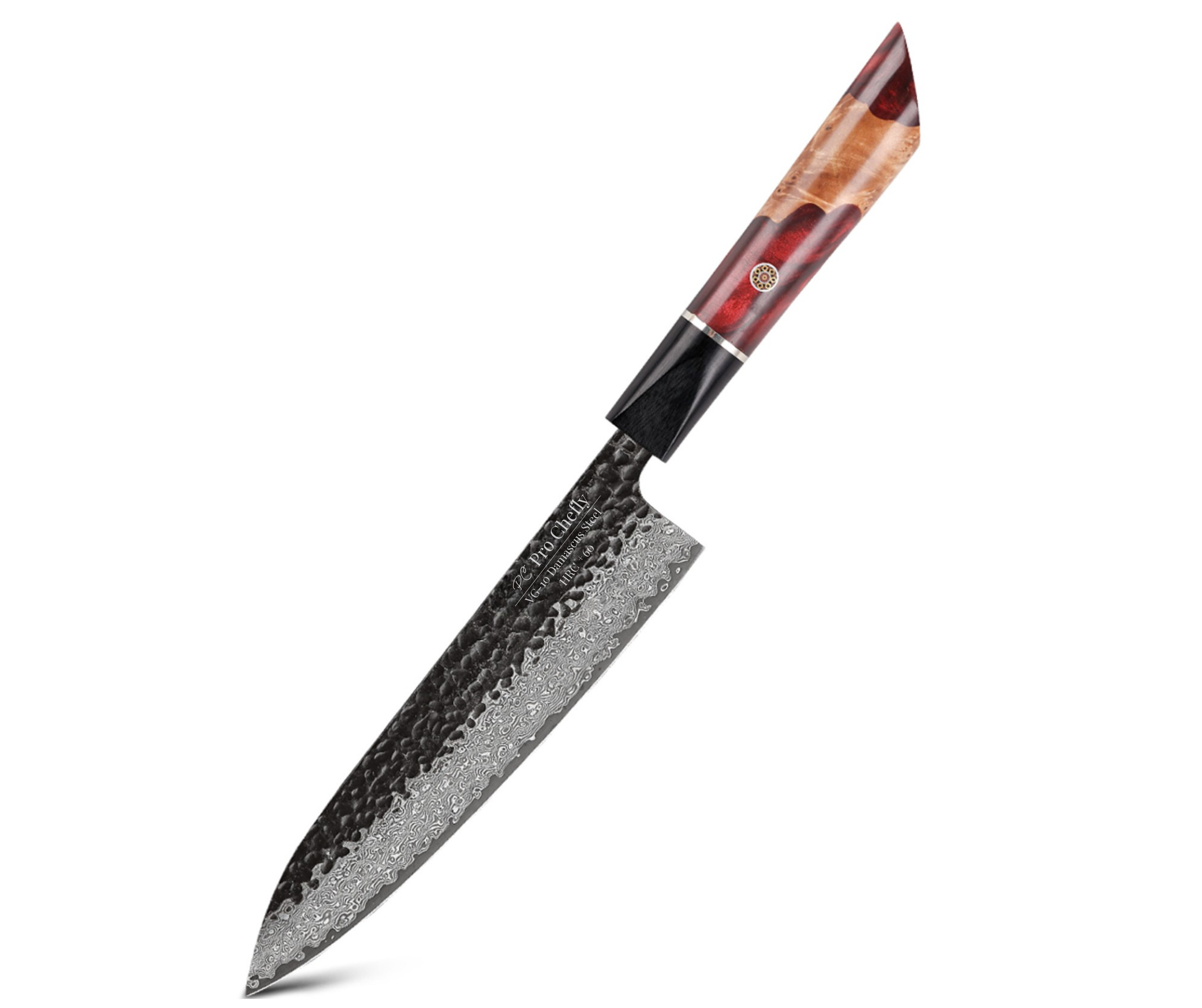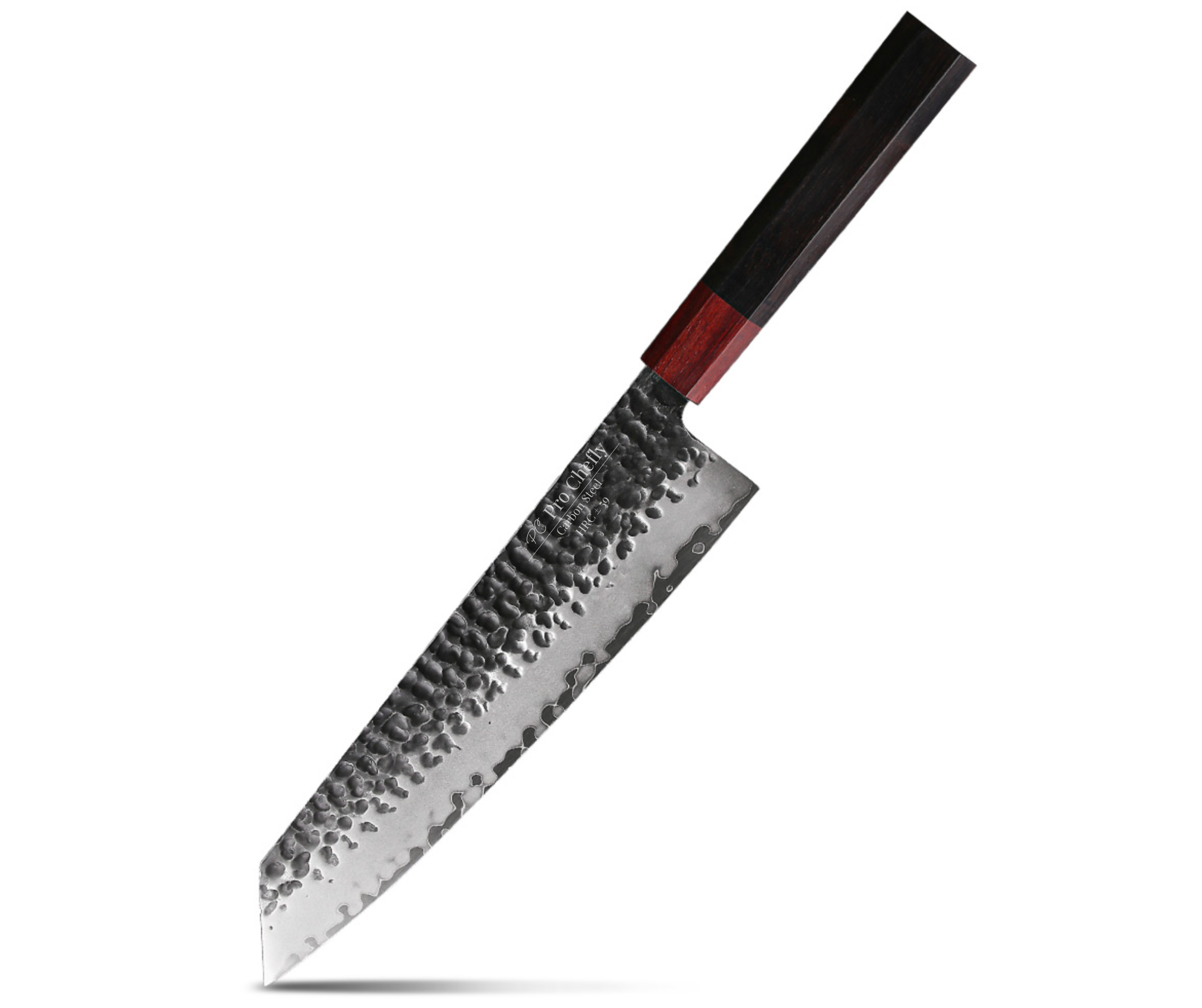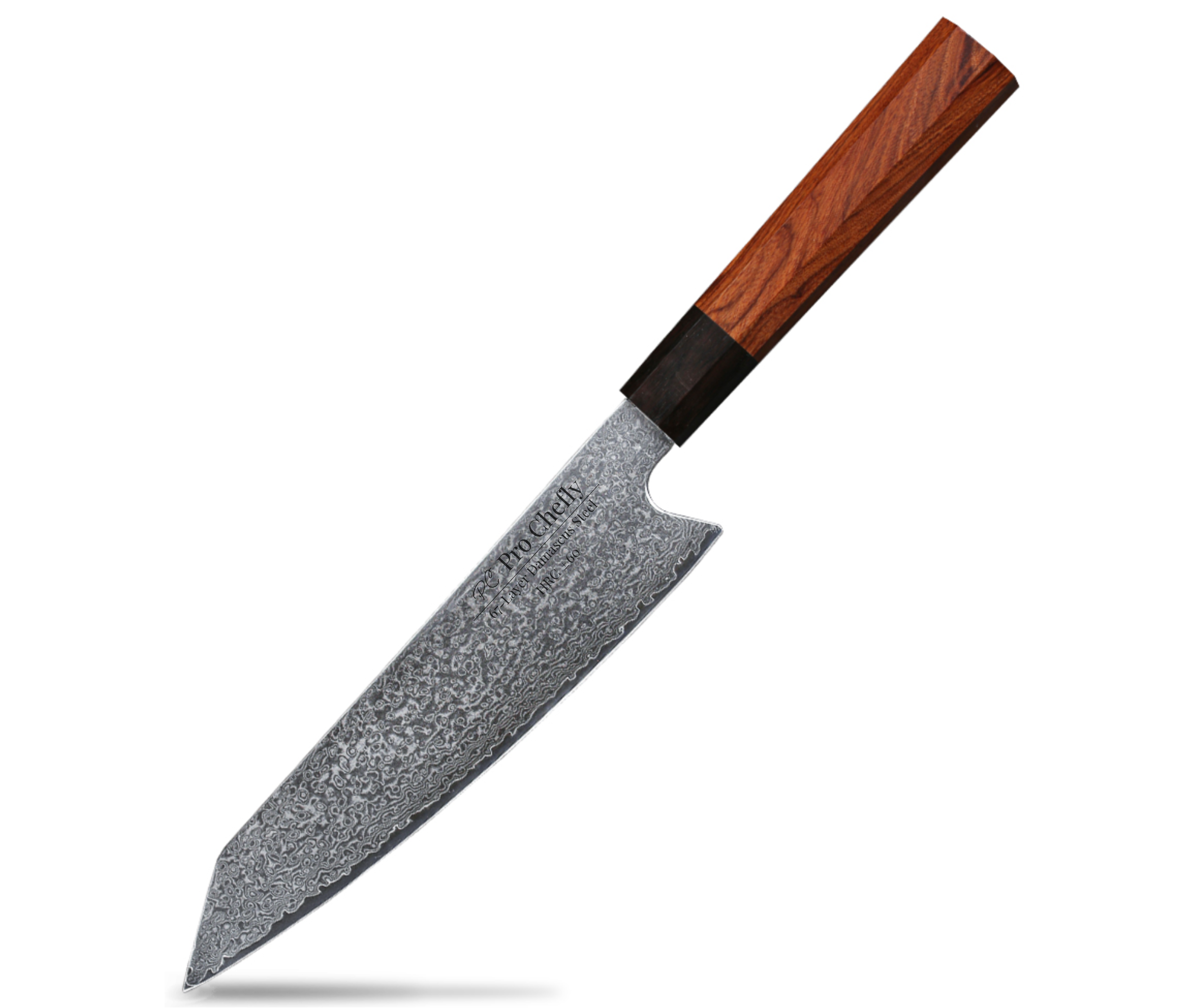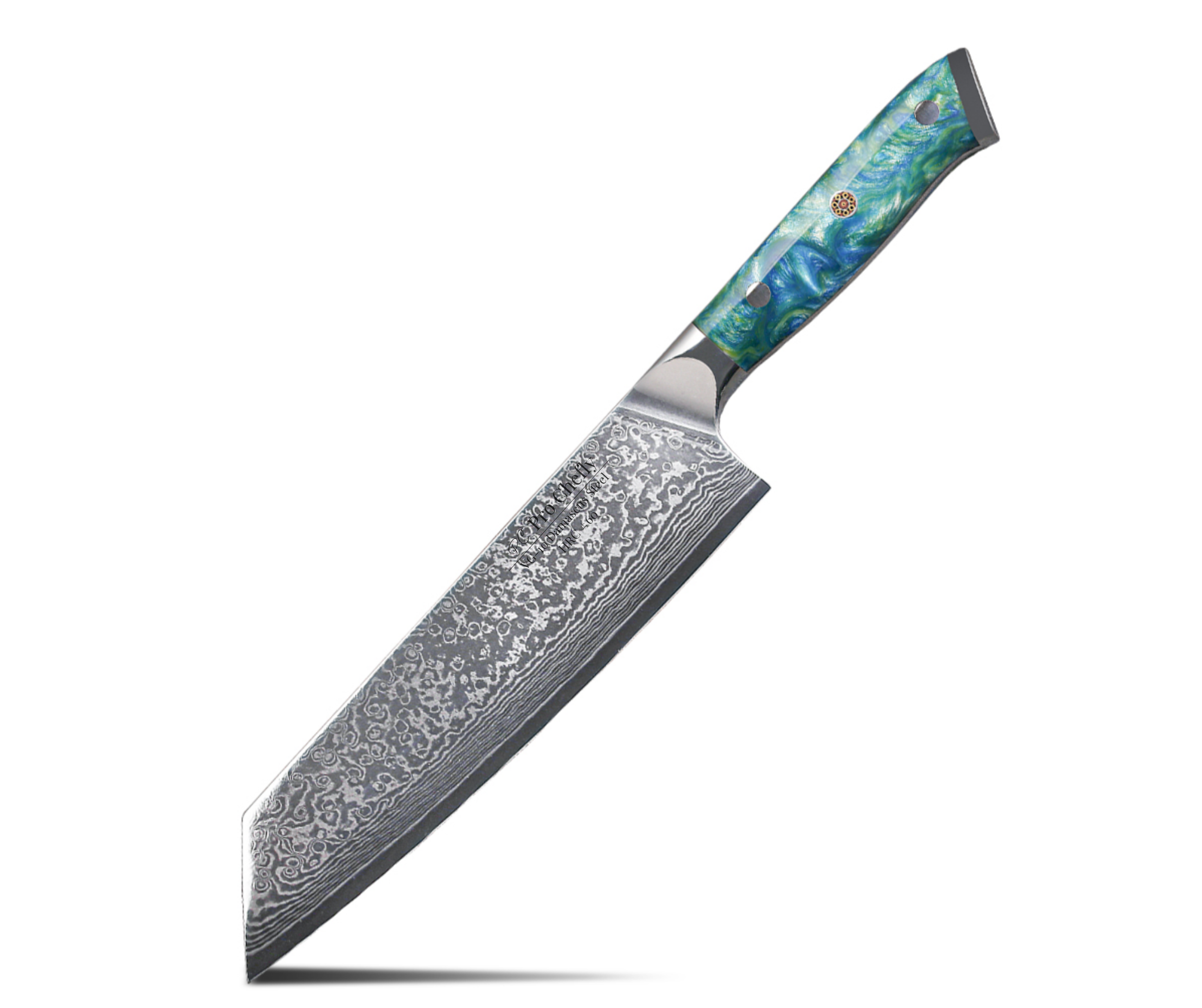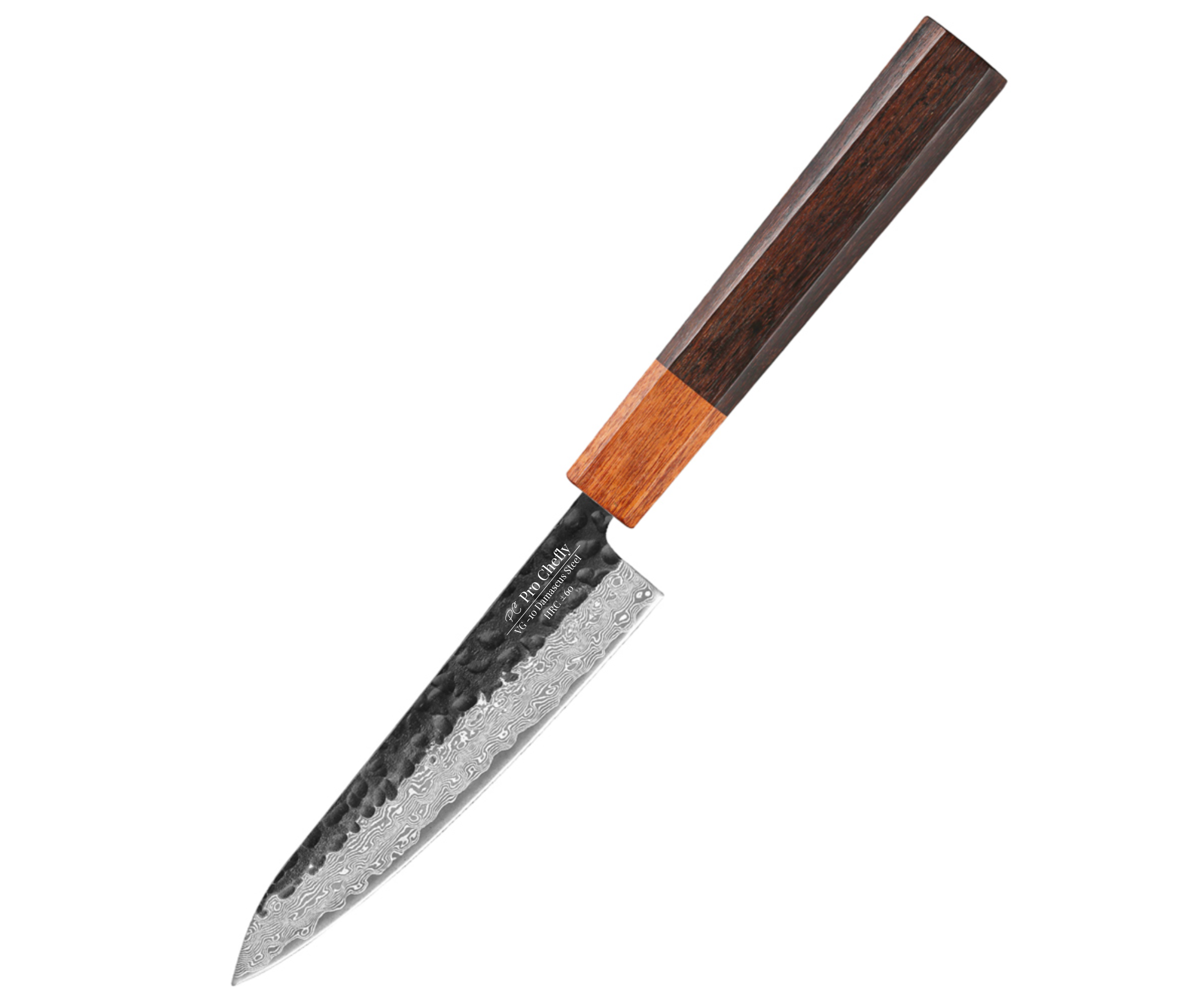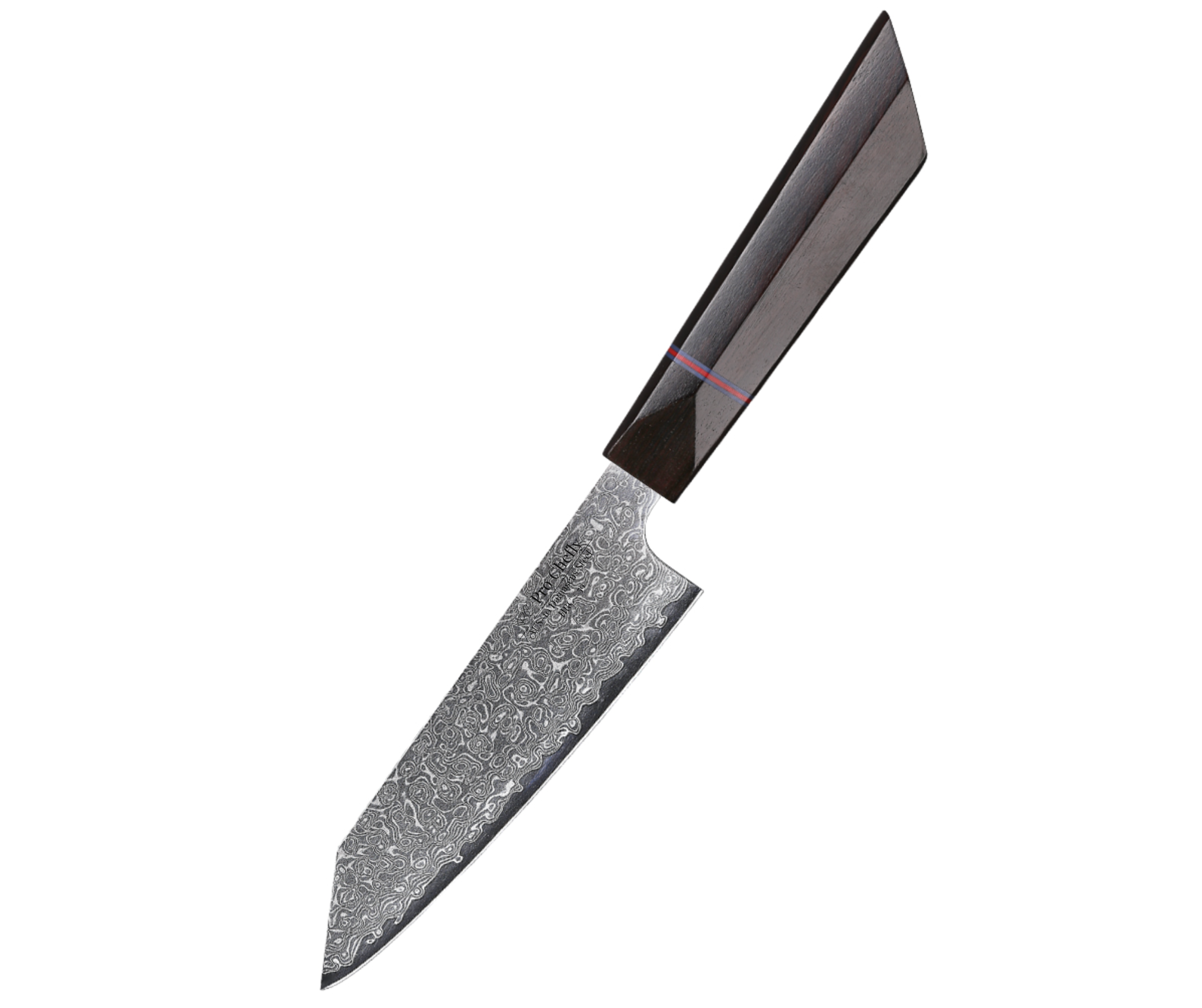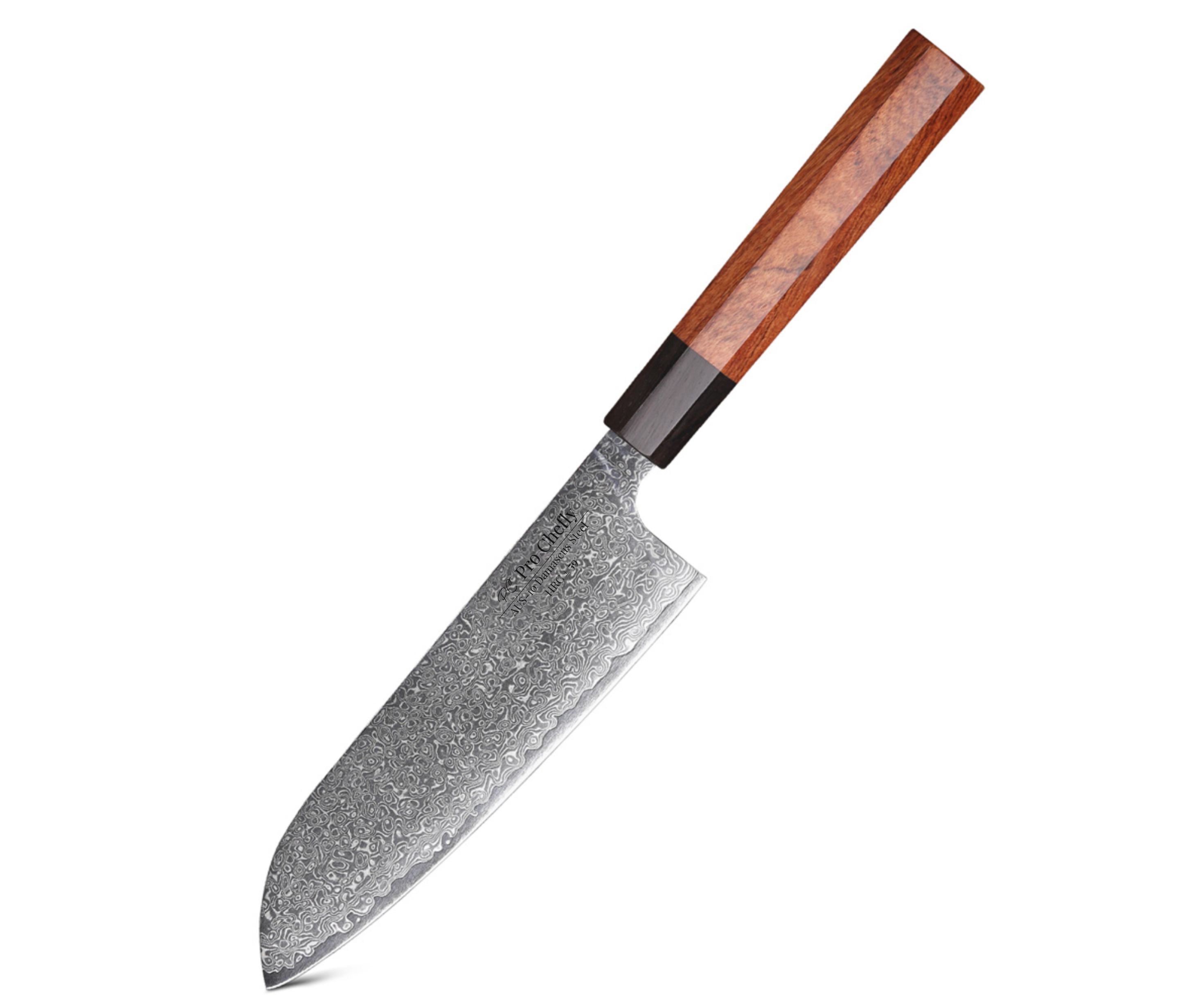Chef’s Overview
Dear Chefs, there’s something magical about this time of year—candied apples, spiced pears, and eerie little garnishes that make every dish feel like part of a Halloween feast. Whether you’re peeling apples for pie or carving jack-o’-lantern oranges for cocktails, mastering your paring knife technique is key. Today, we’re diving into how to make your knife work feel as smooth as your spooky-season presentation.

Why the Paring Knife Deserves a Spotlight
A paring knife might be small, but it’s mighty. Its short, precise blade makes it perfect for intricate prep—tasks too delicate for a chef knife or even a petty knife. As mentioned in Petty Knife vs Paring Knife: What’s the Difference, the paring knife’s compact design gives you unmatched control, making it ideal for fruits, garnishes, and any recipe that demands finesse.
The Perfect Fall Pairing
The 3.5" VG-10 Damascus Paring Knife is the hero for precision work, from peeling apples to segmenting citrus. Its sharp edge and lightweight balance let you handle detailed cuts without strain—essential when working on decorative garnishes or candy coating prep. For slightly larger fruits or multi-step tasks, the 5" VG-10 Damascus Petty Knife complements it perfectly, giving you reach while keeping that same nimble control.
Mastering the Techniques
Fall fruit prep and spooky garnishing both rely on confidence and precision. Here’s how to make your paring knife an extension of your hand.
Peeling Without Waste
When peeling apples or pears, keep the blade angled slightly away from you and rotate the fruit in your non-dominant hand. The goal is to remove the skin in long, continuous strips—minimal waste, maximum control. The thin Damascus edge helps glide through the skin without catching or tearing.
Coring and Segmenting
For apples, pears, or even mini pumpkins, use the tip of your paring knife to trace around the core, then gently twist to remove it. When segmenting citrus for spooky cocktails, slice off both ends, set the fruit flat, and run the blade downward along the curve to remove the peel and pith before cutting clean wedges.
Creating Spooky Garnishes
This is where your creativity shines. Use the 3.5" VG-10 Damascus Paring Knife to carve ghostly faces into strawberries or make orange peel twists that look like potion spirals. For precision in smaller details, try shallow scoring instead of cutting all the way through. As we explored in What Are the Best Uses for a Paring Knife in Halloween Treat Prep, these small touches turn simple dishes into seasonal showstoppers.
Knife Care During the Season
The secret to flawless work is keeping your paring knife razor-sharp. Wipe the blade after each citrus or fruit cut to avoid residue buildup, and never toss it into a drawer unprotected. Check out How to Properly Sharpen and Maintain a Chef Knife at Home for sharpening tips that also apply to your smaller blades.
The Perfect Supporting Cast
Fall prep doesn’t stop with one knife. When you’re ready to scale up, the 7" VG-10 Damascus Santoku Knife handles heavier produce like squash or root veggies, while the 7" Nakiri Knife makes straight cuts for presentation plating. Together, they form your autumn kitchen arsenal.
The Final Cut – From Orchard to Halloween Table
Dear Chefs, the paring knife may be small, but in skilled hands, it’s one of the most expressive tools in the kitchen. Every peel, every twist, every carved face adds personality to your fall creations. Keep your cuts clean, your blade sharp, and your spirit playful—because this season, presentation is half the magic.
Knife Collections
Shop the latest in Pro Chefly Damascus Knives
Chef's Notes
Stay up to date with the latest kitchen stories and recipes

- December 05, 2025
Dear Chefs, the holidays deserve a dish that feels slow, soulful, and unforgettable — and few things capture that spirit...

- November 30, 2025
Dear Chefs, there is something unmistakably comforting about bread pudding in November — the way the custard soaks into the...

- November 25, 2025
Dear Chefs, there is something special about roasted carrots in the fall — the way they caramelize, the way their...

- November 20, 2025
Dear Chefs, there is something magical about fall stuffing, especially when pumpkin and sage join the party. The aroma alone...

- November 15, 2025
Dear Chefs, November has a rhythm of its own — a slower pace, a softer light, and a craving for...

- October 31, 2025
Dear Chefs, fall baking is a ritual — the scent of cinnamon in the air, pecans roasting low and slow,...
- Choosing a selection results in a full page refresh.
- Opens in a new window.
